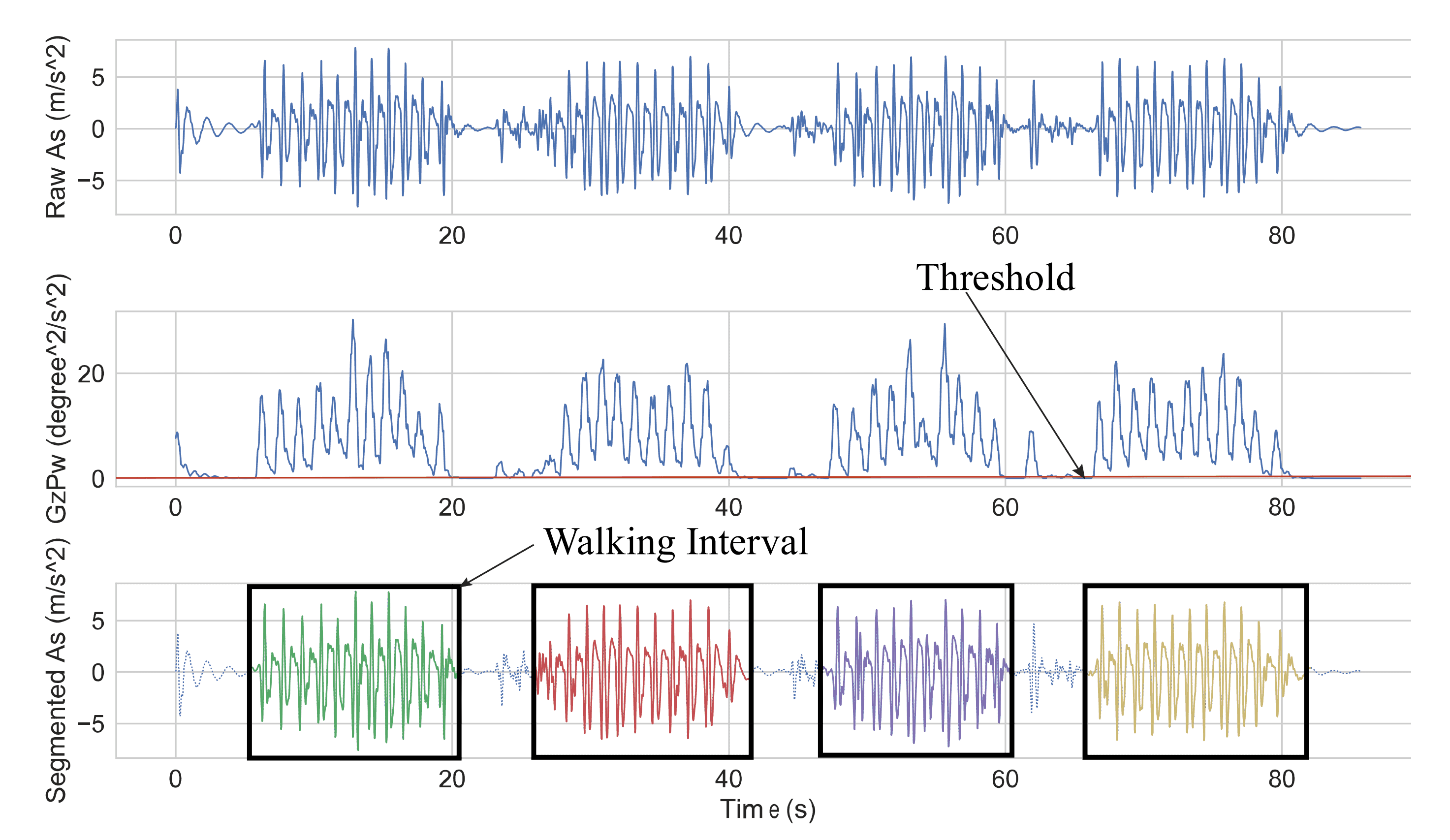IEEE 9th Annual International Conference on CYBER Technology in Automation, Control, and Intelligent Systems (CYBER), 2019
This work introduces a novel method for classification and the dyskinesia quantification of Parkinson’s disease patients. We merely utilized the data from two 9-axis inertial sensors (only use 3D gyroscope and 3D accelerometer) located at wrist and ankle. And an SVM classifier with RBF kernel was applied for classifying the data frame of PD subjects and controls and finally got an accuracy of 87.1%. Additionally, a pr value was proposed for quantification the dyskinesia into three levels in a fixed sample time period. Combining with the quadratic weighted Kappa coefficient, we evaluated the interrater reliability of artificial quantification and our proposed method in the end (k=0.961). The outcome indicates that our method is effective for identifying the PD patients and healthy individuals and quantitative evaluating the dyskinesia severity levels of PD patients, which has the application prospect of continual illness monitoring and levodopa dosing assessment for PD patients in the future.
Recommended Citation:
R. Liu, L. Peng, L. Tong, and Y. Wu, “A Novel Method for Parkinson’s Disease Classification and Dyskinesia Quantification Using Wearable Inertial Sensors,” in 2019 IEEE 9th Annual International Conference on CYBER Technology in Automation, Control, and Intelligent Systems (CYBER), Suzhou, China: IEEE, Jul. 2019, pp. 1022–1026. doi: 10.1109/CYBER46603.2019.9066660.

